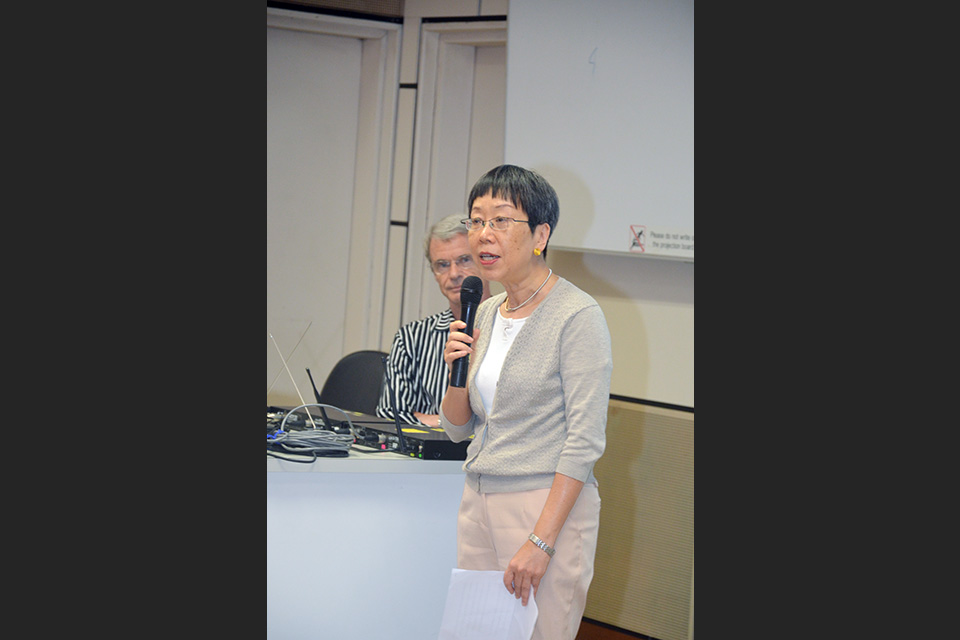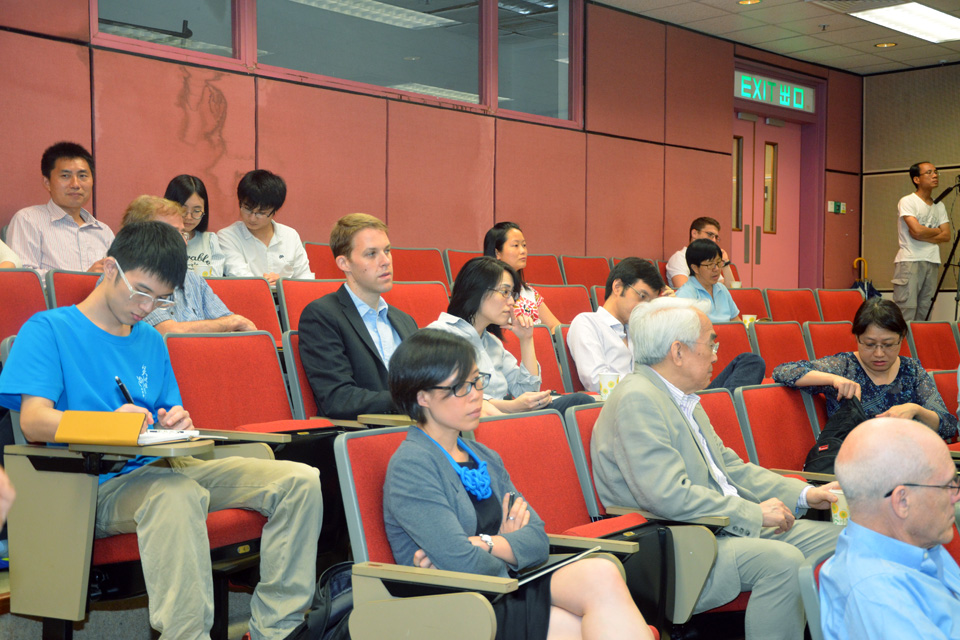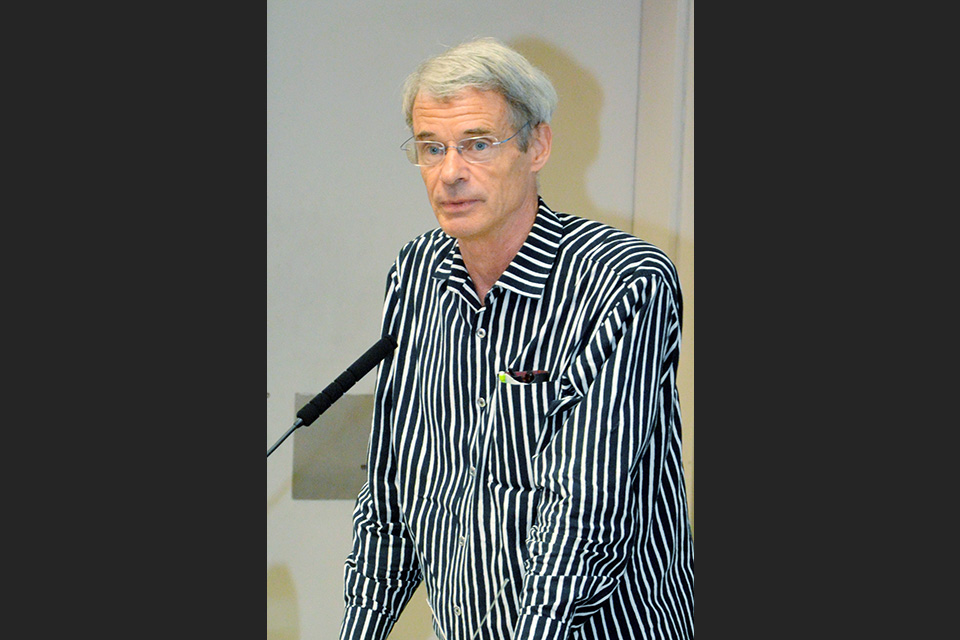- ABOUT HKIHSSABOUT HKIHSS
- PEOPLE
- NEWS & EVENTSNEWS & EVENTS
- RESEARCHRESEARCH
- FELLOWSHIPS & GRANTSFELLOWSHIPS & GRANTS
- TEACHING & LEARNINGTEACHING & LEARNING
- PUBLICATIONSPUBLICATIONS
In my talk I will present some of the main themes in the book Europe’s Infrastructure Transition: Economy, War, Nature that I have co-authored with Per Högselius and Erik van der Vleuten and that will come out on Palgrave’s later this year. This book retells and revises mainstream narratives of European integration by taking material networks as its point of departure. It analyzes roads both taken and untaken in the building of infrastructure connections within, across, and beyond the European continent. It explores how transport, communication and energy infrastructure was used by economic actors for creating transnational productions systems and by militaries for waging war in novel ways. It explains how and why Europe’s landscapes, waterscapes, and airscapes were transformed and turned into infrastructure. And it introduces an alternative set of historical key individuals, organizations, and companies that have made modern Europe what it is.
This is an event organized by the “Science, Technology, and Medicine in Asian Societies” Cluster[email protected]T6, 1/F, Meng Wah Complex, The University of Hong KongIn my talk I will present some of the main themes in the book Europe’s Infrastructure Transition: Economy, War, Nature that I have co-authored with Per Högselius and Erik van der Vleuten and that will come out on Palgrave’s later this year. This book retells and revises mainstream narratives of European integration by taking material networks as its point of departure. It analyzes roads both taken and untaken in the building of infrastructure connections within, across, and beyond the European continent. It explores how transport, communication and energy infrastructure was used by economic actors for creating transnational productions systems and by militaries for waging war in novel ways. It explains how and why Europe’s landscapes, waterscapes, and airscapes were transformed and turned into infrastructure. And it introduces an alternative set of historical key individuals, organizations, and companies that have made modern Europe what it is.
This is an event organized by the “Science, Technology, and Medicine in Asian Societies” Cluster[email protected]T6, 1/F, Meng Wah Complex, The University of Hong KongTitle:
Europe’s Infrastructure Transition
Speaker:
Professor Arne Kaijser (Professor of History of Technology, KTH Royal Institute of Technology, Sweden)
Date:
May 5, 2015
Time:
4:30 pm – 6:00 pm
Venue:
T6, 1/F, Meng Wah Complex, The University of Hong Kong
Language:
English
Enquiry:
(Tel) (852) 3917-5011
(Email) [email protected]
In my talk I will present some of the main themes in the book Europe’s Infrastructure Transition: Economy, War, Nature that I have co-authored with Per Högselius and Erik van der Vleuten and that will come out on Palgrave’s later this year. This book retells and revises mainstream narratives of European integration by taking material networks as its point of departure. It analyzes roads both taken and untaken in the building of infrastructure connections within, across, and beyond the European continent. It explores how transport, communication and energy infrastructure was used by economic actors for creating transnational productions systems and by militaries for waging war in novel ways. It explains how and why Europe’s landscapes, waterscapes, and airscapes were transformed and turned into infrastructure. And it introduces an alternative set of historical key individuals, organizations, and companies that have made modern Europe what it is.
Arne Kaijser is Professor of History of Technology at the Royal Institute of Technology (KTH) in Stockholm. He holds a M.Sc. (1973) from Lund University, and a PhD in Technology and Social Change from Linköping University (1986). He worked as civil servant in the 1970s and 80s with futures studies, energy policy and development aid. He came to KTH in 1991 and was Chair of the Department of History of Science and Technology at KTH from 1998 to 2007. He was the Chairman of the Swedish National Committee on History of Technology (2000 – 2005), and President of the Society for the History of Technology (2009 – 2010). He is a member of the Swedish Academy of Engineering Sciences since 2007.
His main research interests concern the historical development of infrastructural systems. He has been guest researcher at the Technical University of Delft (1993/94), at MIT 2001, and at the Netherlands Institute of Advanced Studies (2010/11) and he has been engaged in the Tensions of Europe-network since 1999, and he was project leader for Eurocrit, one of the four projects in the Inventing Europe program, see www.eurocrit.eu. The outcomes of this work include the books: Europe’s Infrastructure Transition: Economy, War, Nature (co-authored with Per Högselius and Erik van der Vleuten) (Palgrave, forthcoming 2015); The Making of Europe’s Critical Infrastructure. Common Connections and Shared Vulnerabilities (co-edited with Per Högselius, Anique Hommels and Erik van der Vleuten) (Palgrave, 2013); Networking Europe. Transnational Infrastructures and the Shaping of Europe, 1850 – 2000 (co-edited with Erik van der Vleuten) (Sagamore Beach: Science History Publications, 2006).
This is an event organized by the “Science, Technology, and Medicine in Asian Societies” Cluster.



Copyright © 2023 Hong Kong Institute for the Humanities and Social Sciences, The University of Hong Kong. All Rights Reserved.